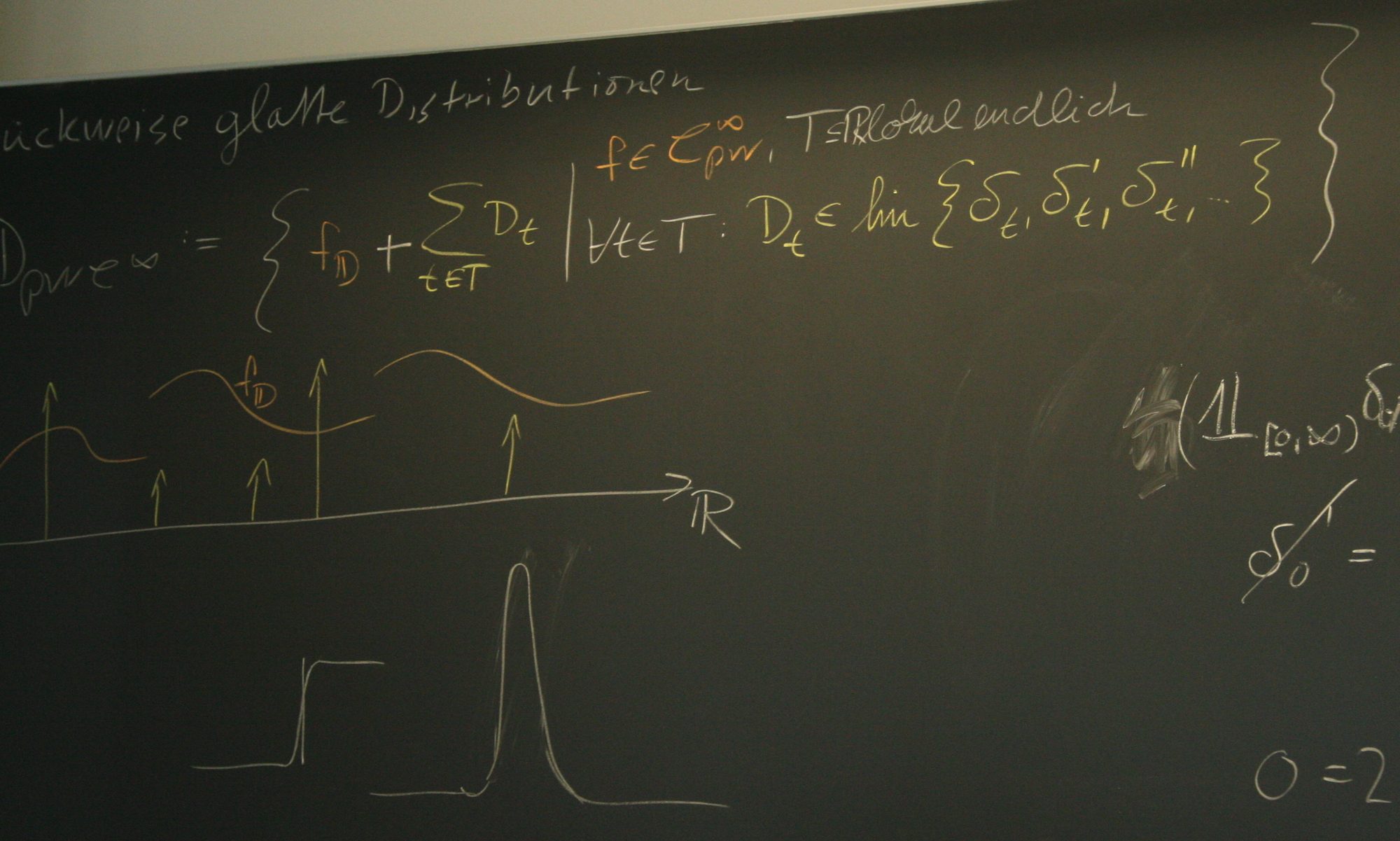In cooperation with colleagues from Seoul National University we have submitted the following paper
Lee, Jin Gyu; Trenn, Stephan; Shim, Hyungbo Synchronization with prescribed transient behavior: Heterogeneous multi-agent systems under funnel coupling Journal Article In: Automatica, vol. 141, no. 110276, pp. 13, 2022, (open access). @article{LeeTren22,In this paper, we introduce a nonlinear time-varying coupling law, which can be designed in a fully decentralized manner and achieves approximate synchronization with arbitrary precision, under only mild assumptions on the individual vector fields and the underlying (undirected) graph structure. The proposed coupling law is motivated by the so-called funnel control method studied in adaptive control under the observation that arbitrary precision synchronization can be achieved for heterogeneous multi-agent systems by a high-gain coupling; consequently we call our novel synchronization method ‘(node-wise) funnel coupling.’ By adjusting the conventional proof technique in the funnel control study, we are even able to obtain asymptotic synchronization with the same funnel coupling law. Moreover, the emergent collective behavior that arises for a heterogeneous multi-agent system when enforcing arbitrary precision synchronization by the proposed funnel coupling law, is analyzed in this paper. In particular, we introduce a single scalar dynamics called ‘emergent dynamics’ which describes the emergent synchronized behavior of the multi-agent system under funnel coupling. Characterization of the emergent dynamics is important because, for instance, one can design the emergent dynamics first such that the solution trajectory behaves as desired, and then, provide a design guideline to each agent so that the constructed vector fields yield the desired emergent dynamics. We illustrate this idea via the example of a distributed median solver based on funnel coupling. |
Already in our 2015 CDC paper
Shim, Hyungbo; Trenn, Stephan A preliminary result on synchronization of heterogeneous agents via funnel control Proceedings Article In: Proc. 54th IEEE Conf. Decis. Control, Osaka, Japan, pp. 2229–2234, 2015. @inproceedings{ShimTren15,We propose a new approach to achieve practical synchronization for heterogeneous agents. Our approach is based on the observation that a sufficiently large (but constant) gain for diffusive coupling leads to practical synchronization. In the classical setup of high-gain adaptive control, the funnel controller gained popularity in the last decade, because it is very simple and only structural knowledge of the underlying dynamical system is needed. We illustrate with simulations that “funnel synchronization” may be a promising approach to achieve practical synchronization of heterogeneous agents without the need to know the individual dynamics and the algebraic connectivity of the network (i.e., the second smallest eigenvalue of the Laplacian matrix). For a special case we provide a proof, but the proof for the general case is ongoing research. |

